Zijin(Purple) Mountain Observatory Museum
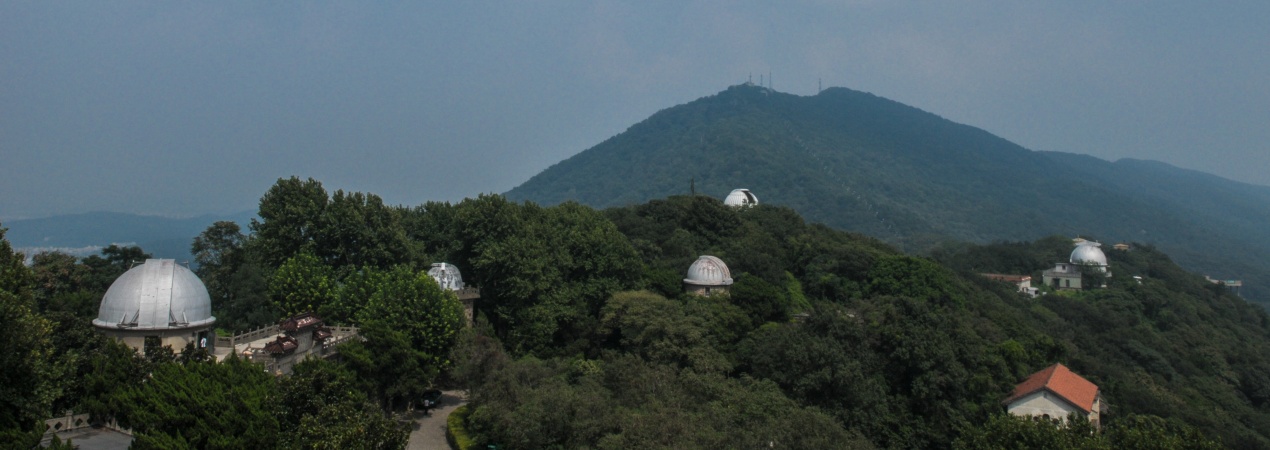
The former site of Zijin Mountain Observatory is situated on the Third Peak of Zijin Mountain in Xuanwu District, Nanjing, within the Zhongshan Mountain National Park. As China's first independently founded modern astronomical research institution, it is honored as "the cradle of modern astronomy in China". Currently, the scientific research facilities of Zijin Mountain Observatory have been relocated to a new location, which is not open to the public. In contrast, the former site was transformed into the Zijin Mountain Observatory Museum and opened to the public in January 2025.
- Chinese Name:紫金山天文台博物馆 Zǐ Jīn Shān Tiān Wén Tái Bó Wù Guǎn
- Recommended Duration:2 - 3 hours
- Entrance Fee:RMB 15
- Opening Hours:April - October: 8:30– 17:30; November - March: 8:30– 17:00 (Ticket sales stop 30 minutes before closing)
- Best Time to Visit:March to May, September to November
- Address:Zijin Mountain Observatory, Xuanwu District, Nanjing, Jiangsu
- How to Get There:Take Metro Line 4 and get off at Xianlin University Town Station. Then transfer to relevant buses or take a taxi to reach the old site on Zijin Mountain.
Highlights of Zijin Mountain Observatory Museum
Exhibition Area of Ancient Astronomical Instruments
This is the highlight of the observatory, displaying a number of precious ancient astronomical instruments. Among them are the Armillary Sphere and the Simplified Armillary Sphere, both cast during the Zhengtong reign of the Ming Dynasty. The Armillary Sphere is an astronomical observation instrument based on the theory of the spherical heavens, while the Simplified Armillary Sphere, evolved by simplifying the Armillary Sphere, is more practical. There is also a Celestial Globe replicated by the Qing government in 1903, which is inlaid with stars and marked with 1,449 fixed stars, following the ancient Chinese star names and constellation divisions. In addition, there are the Gnomon (used to tell time by measuring the sun's shadow) and the Horizontal Theodolite (for measuring coordinates) replicated by the Qing government in the early 20th century. These instruments are witnesses to the brilliant achievements of ancient Chinese astronomy.
Former Site of the Observatory (Main Building)
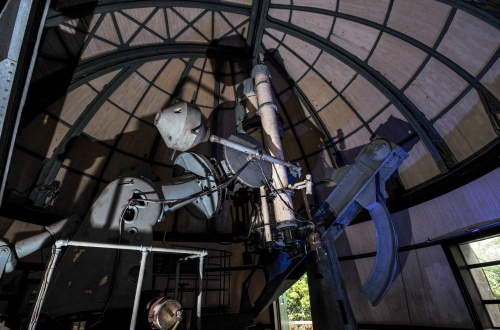 The telescope at the observatory
The telescope at the observatoryThe main building of the observatory, also known as the "Great Platform" or "Great Equatorial Telescope Room", is a Sino-Western style structure designed in the early stage of the observatory's construction. It features a dome with distinct Western characteristics, while its gate adopts a traditional Chinese memorial archway style, covered with glazed tiles. A horizontal tablet in the center of the gate is inscribed with the three Chinese characters "天文台" (Astronomical Observatory). The foundation of this building was laid on December 22, 1933, the Winter Solstice. Housed here is a 600mm reflecting great equatorial telescope, which was one of the larger telescopes in the Far East at that time. Though it is no longer used for scientific observations today, as a historical relic, it showcases the development course of Chinese astronomy to visitors.
Meteorite Hall
With an exhibition area of approximately 200 square meters, the Meteorite Hall displays over 20 pieces of precious meteorites of various types. Here, visitors can get up close to these "celestial guests" – meteorites – and learn about knowledge such as meteorite classification and characteristics. Each meteorite is accompanied by a detailed introduction, allowing visitors to gain in-depth understanding of these mysterious objects from the depths of the universe. In this hall, visitors can see different types of meteorites, including stony meteorites, iron meteorites, and tektites. These meteorites come in diverse shapes and have unique textures, as if telling stories about the universe.
Meridian Instrument Room
The Meridian Instrument Room was one of the first buildings completed when Zijin Mountain Observatory was initially established. It is covered with a square glass roof and movable glass windows, and its foundation was laid on June 21, 1932, the Summer Solstice. The foundation stone inscription was written by Cai Yuanpei, a renowned Chinese educator. Inside the room, there are several time-measuring tools, such as a bronze clepsydra (water clock) made in 1316, as well as busts of four great ancient Chinese astronomers: Guo Shoujing, Zhang Heng, Zu Chongzhi, and Monk Yixing. In addition, the room also displays a theodolite, with the main tubes of two telescopes mounted on either side of it – one refracting telescope and the other presumably a type of Cassegrain telescope. In the middle of the exhibition area on the right, there is an equatorial instrument paired with a refracting telescope. These instruments demonstrate the achievements of ancient and modern astronomy in time measurement and celestial observation.
Educational Value
As the former site of China's first modern observatory, the Zijin Mountain Observatory Museum preserves early observation rooms, former office spaces, and historical materials about "the westward relocation of instruments to Kunming during the War of Resistance Against Japanese Aggression and the post-war reconstruction". These enable visitors to understand the hardships of Chinese astronomy from its infancy to development, and grasp the original aspiration of "serving the country through scientific research". By showcasing "the connection between ancient astronomical observation and agriculture as well as the calendar" and "the support of modern astronomical research for aerospace and deep-space exploration", the museum helps visitors recognize the logic that "science originates from needs and serves reality" and cultivates their scientific thinking of "observing – questioning – exploring".
Activities to do at Zijin Mountain Observatory Museum
Exhibitions: Zijin Mountain Observatory Museum hosts a variety of themed exhibitions, such as the exhibition titled "The Vast Cosmos: A Poetic Fusion of Astronomy and Technology". Through two major sections – "Illusory Star Dome · Exploring Tech Nuances" and "Tracing Starlight · Inheriting Cultural Context" – the exhibition adopts cutting-edge technologies like VR and intelligent interaction. It allows visitors to engage in immersive experiences, such as mapping constellations and exploring the mysteries of planets. At the same time, it uncovers the wisdom of ancient Chinese astronomy, enabling a dialogue and collision between ancient and modern astronomical ideas. For specific information about exhibition events, please refer to the official website for the latest updates.
Drop us a line and we'll connect you with the top China expert in no time!
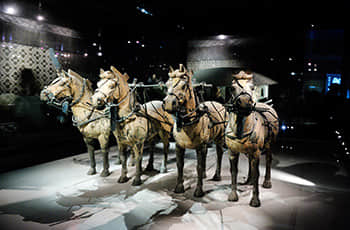 Shaanxi History Museum
Shaanxi History Museum  National Museum of China
National Museum of China 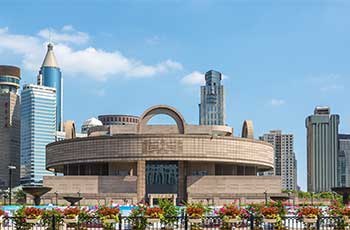 Shanghai Museum
Shanghai Museum 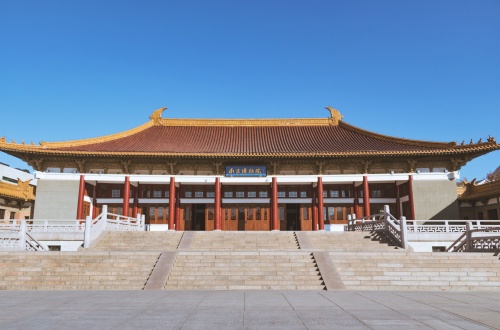 Nanjing Museum
Nanjing Museum